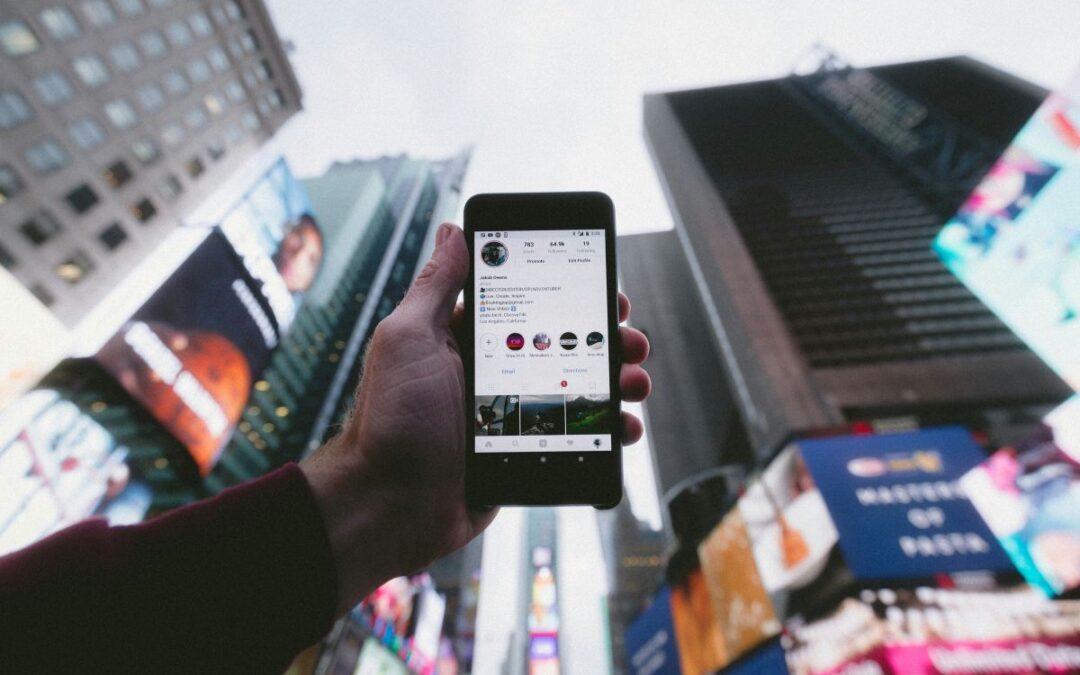Prior to the shooting of UnitedHealthcare (UHC) CEO Brian Thompson, executive protection was a standard aspect of corporate security, remaining insular to the relevant departments without much external attention beyond the obvious necessities. However, Thompson’s killing put a spotlight on executive protection, pushing companies to rethink their security practices. Many companies within the health care sector are now expanding their security measures, budgeting more to protect C-suite and other top executives.
Thompson’s death also opened the floodgates for social media users to air their grievances related to denied claims, delayed care, and health care costs. Social media users even developed coded language—inspired by Thompson’s alleged killer—to bypass filters and censoring, enabling them to discuss which executives they hope would be targeted next.
This report seeks to examine changes to the executive protection environment following Thompson’s killing by reviewing the current threat landscape as well as specific threats to CEOs and executives and emerging social media trends. Ultimately, iThreat recommends companies approach executive protection with utmost caution, constantly reassessing security protocols and taking preventative steps by providing monitoring services for executives and key company locations.
Download the full report below.


